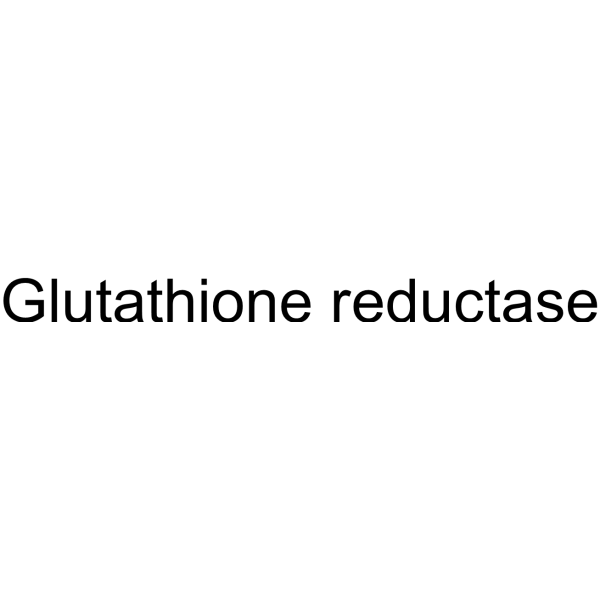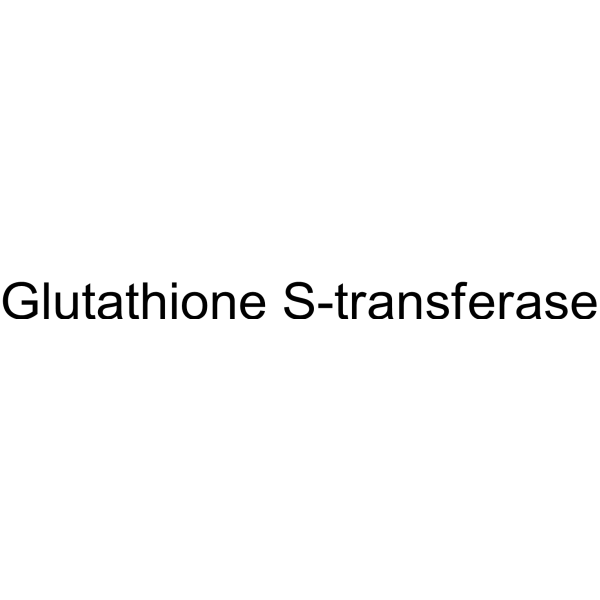| Structure | Name/CAS No. | Articles |
|---|---|---|
 |
Glutathionereductase
CAS:9001-48-3 |
|
 |
GultathioneStransferases
CAS:50812-37-8 |